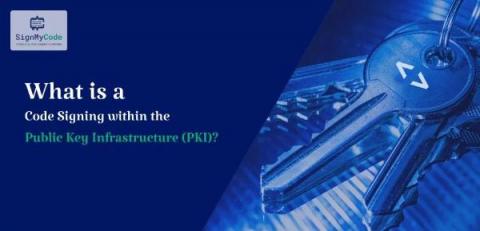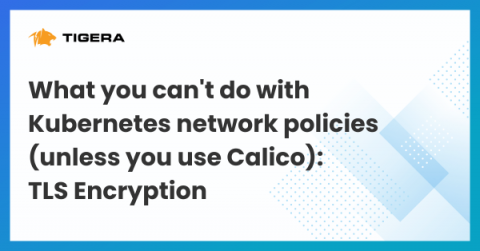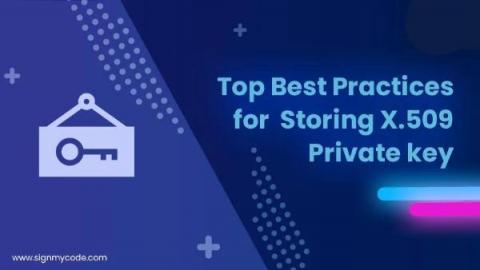Security | Threat Detection | Cyberattacks | DevSecOps | Compliance
Encryption
What is a Code Signing within the Public Key Infrastructure (PKI)?
Public Key Infrastructure (PKI) is a fundamental backbone, empowering the seamless use of cutting-edge technologies like digital signatures and encryption across vast user populations. It encompasses a comprehensive suite of hardware, software, policies, processes, and procedures, working harmoniously to create, manage, distribute, use, store, and revoke digital certificates and public keys.
Secure Your Digital Footprint: Unleashing the Power of Email Encryption
Implementing TLS in Kubernetes
As cloud technology continues to evolve, the demand for Kubernetes is skyrocketing. As a result, security has become a top priority for developers looking to protect their application data. That's where Transport Layer Security (TLS) comes into play. TLS is essential for ensuring a secure connection between your applications and the internet. TLS leverages asymmetric and symmetric cryptographies to keep your data secure in transit and at rest.
The Secret's Out: Researchers Reveal Backdoor in Emergency Radio Encryption
For over 25 years, a technology utilized for vital data and voice radio communications globally has remained under wraps, preventing in-depth testing for potential vulnerabilities. However, a small group of researchers in the Netherlands has now shed light on it, uncovering significant flaws, including a deliberate backdoor.
Unveiling the secrets: Exploring whitespace steganography for secure communication
In the realm of data security, there exists a captivating technique known as whitespace steganography. Unlike traditional methods of encryption, whitespace steganography allows for the hiding of sensitive information within whitespace characters, such as spaces, tabs, and line breaks.
Encryption Backdoors: Balancing Security and Privacy
Technical Blog: What you can't do with Kubernetes network policies (unless you use Calico): TLS Encryption
Kubernetes documentation clearly defines what use cases you can achieve using Kubernetes network policies and what you can’t. You are probably familiar with the scope of network policies and how to use them to secure your workload from undesirable connections. Although it is possible to cover the basics with Kubernetes native network policies, there is a list of use cases that you cannot implement by just using these policies.
Top Best Practices for Storing X.509 Private Keys
Public Key Infrastructure (PKI) plays a vital role in managing the public keys utilized by networks. It’s used for public-key encryption, identity management, certificate distribution, and revocation. The foundation of a PKI system lies in asymmetric cryptography involving a pair of public and private keys. Safeguarding the X509 private key is an essential aspect of PKI management.
What is Elliptic Curve Cryptography?
Elliptic Curve Cryptography (ECC) is a form of public-key cryptography that is based on the mathematics of elliptic curves. It provides a secure way to perform cryptographic operations such as key exchange, digital signatures and encryption. ECC is an alternative to Rivest-Shamir-Adleman (RSA) encryption, which was first released in 1977. Continue reading to learn more about elliptic curve cryptography and why it’s considered the most secure form of encryption.











